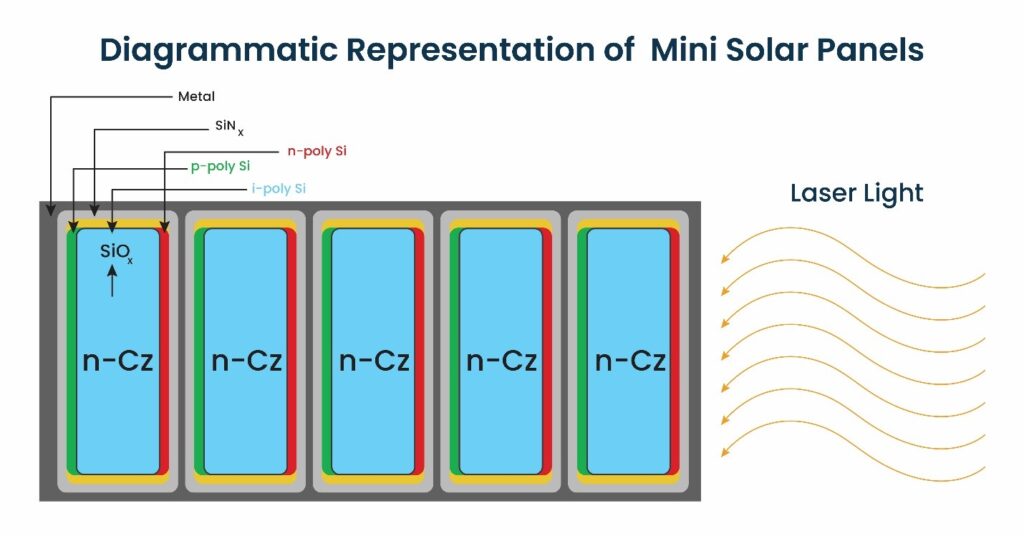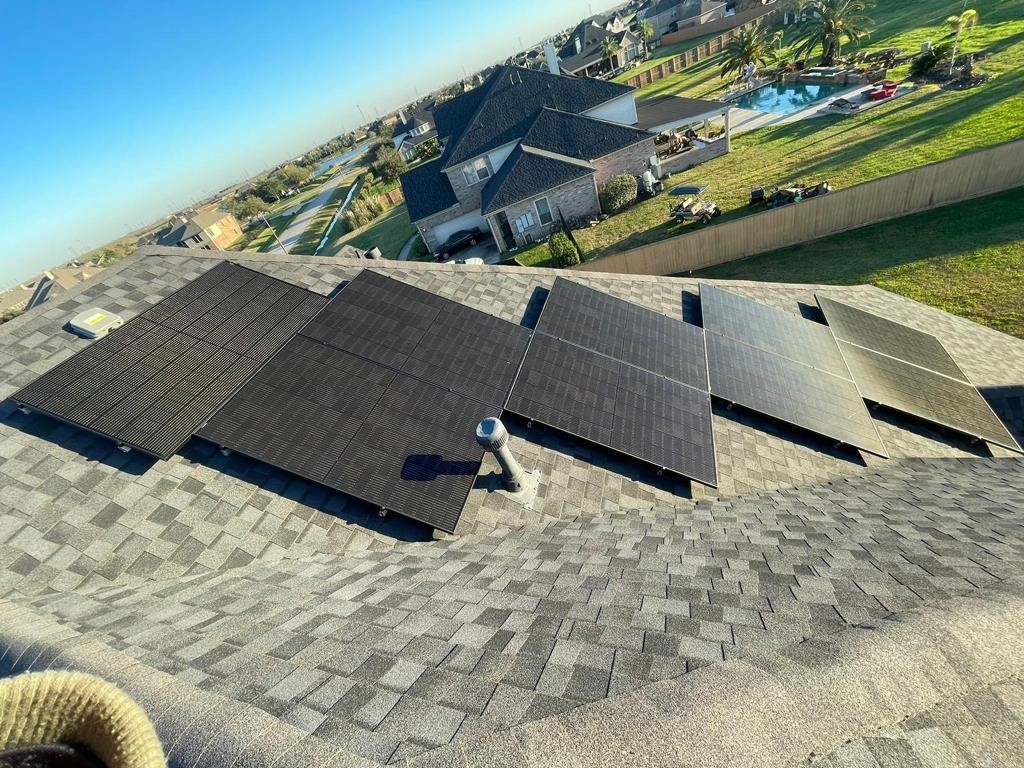The scientists of the National Renewable Energy Laboratory have successfully made high-voltage monocrystalline mini Monocrystalline solar panels. These modules have the ability to convert laser light into electric energy. The composition of the minicells includes poly-Si/SiO2 passivated contact cells. The best features of these minicells are low resistance and they can withstand the high intensity of sunlight. However, the major use of these monocrystalline mini solar panels is in the wireless data transmission industry and medical procedures.
How Is Electricity Produced by High Voltage Mini Solar Panels?
The multi-junction mini panels usually consists of about 1.5nm thin layers of silicon oxide. You can mechanically stack these mini cells together to form micro modules, typically 10 minicells are enough to form a micro module. Due to stacking, the voltage of monocrystalline mini Monocrystalline solar panels can be high.
Moreover, due to the direct contact of one cell with the other, the current flows without any resistance in the mini Monocrystalline solar panels. Light strikes the panels vertically, usually on the narrow side of the module. However, the p and n junction of solar cells collects the current laterally. According to the researcher, this layout of solar cells helps the panels to produce more current.
By using these minicells, you don’t have to face the problem of size limitations. You can design modules of any size by organizing these minicells. This technique allows you to increase the overall power production capacity of your solar panel system.
Furthermore, the photoconversion efficiency of these panels is 40%. The open circuit voltage of these panels is also more than 7 V. The manufacturing of monocrystalline mini Monocrystalline solar panels usually involves inexpensive lithography. You can align these minicells mechanically using a laser scriber. However, the minicells remain attached to silicon wafers throughout the procedure. After the process, the minicells are separated and assembled to form a micro module.

Final Thoughts:
In conclusion, the development of monocrystalline mini solar panels is a significant breakthrough in the field of renewable energy. These panels offer several advantages, such as their ability to convert laser light into electric energy, lower production costs due to the use of silicon, and resistance to intense solar radiation. The stacking of minicells to form micro modules allows for higher voltage output and the lateral current collection enhances their power production capacity. Overall, the development of monocrystalline mini Monocrystalline solar panels is a great advancement in renewable energy technology, bringing us closer to a sustainable future.

